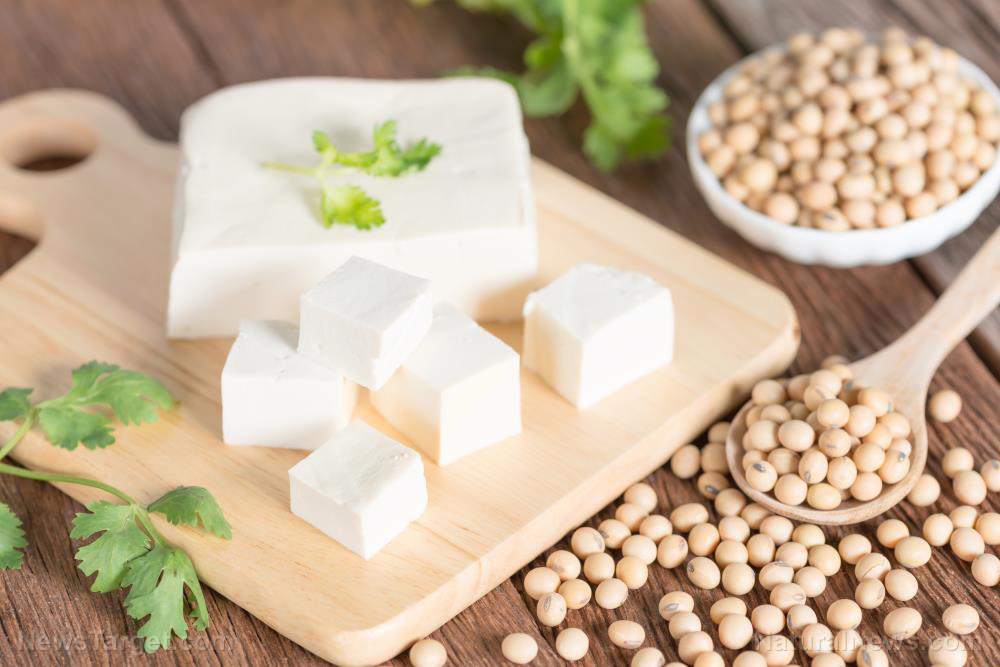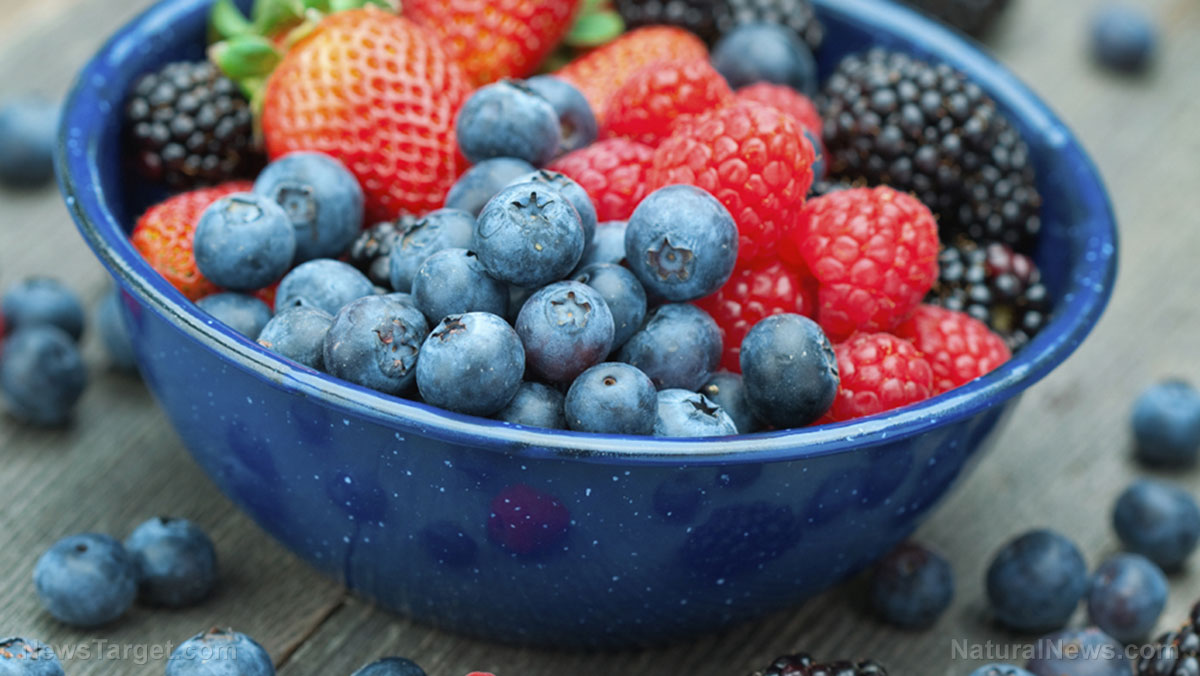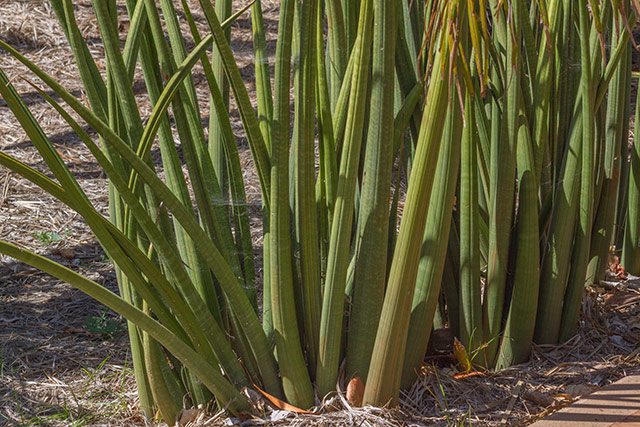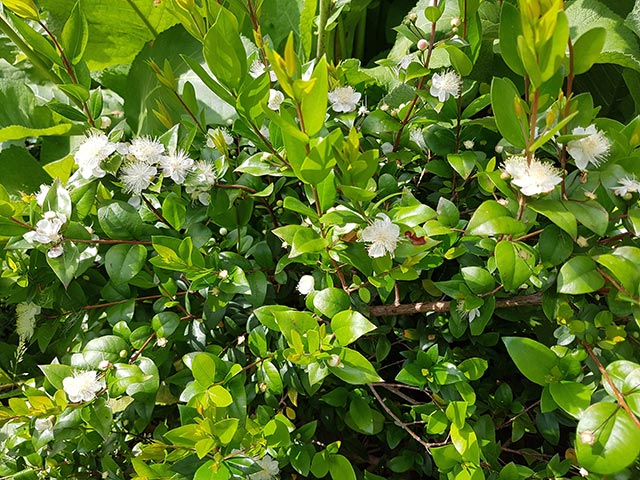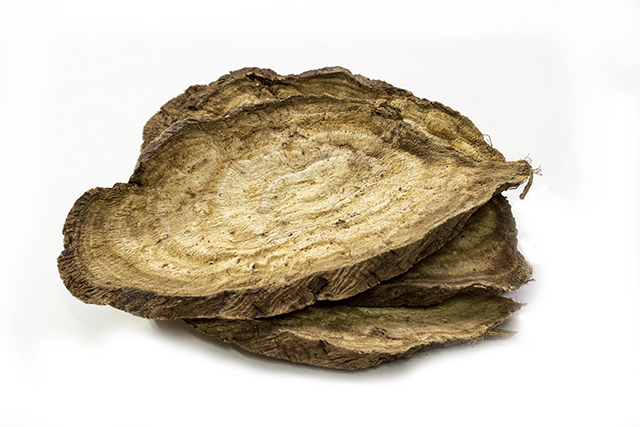Scientists: Bush grape is a strong antidiabetic remedy
11/27/2018 / By Ralph Flores
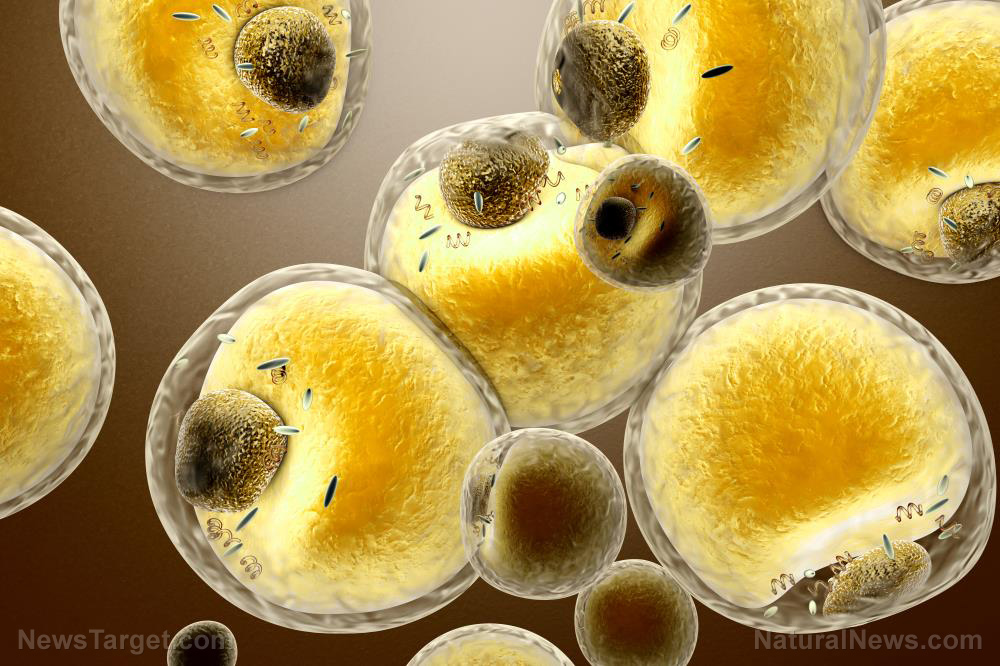
Research has found that bush grape (Cayratia trifolia Domin.) contains phytochemicals that have antioxidant and anti-diabetes properties. The study, which was published in Pharmacognosy Journal, investigated the phytochemical content and biological activities of the herb.
- For the study, researchers from Indonesia tested the efficacy of bush grape extract derived from the stem.
- To determine its phytochemical contents, the team used thin layer chromatography (TLC) assay, while DPPH scavenging assay determined its antioxidant activity.
- In vivo studies consisted of a mouse model treated with streptozotocin (150 g/kg of body weight) and sucrose solution (10 percent) to induce diabetes. Baseline measurement for blood glucose was at 307 mg/dL.
- The team assigned the mice into six groups, namely:
- Normal control
- Diabetes-induced
- Positive group, or those treated with glibenclamide
- C. trifolia stem ethanol extract (at 400, 500, and 600 mg/kg of body weight)
- The experimental groups were treated once a day for seven days. At the end of the experiment, the resultant blood glucose was measured again.
- In vitro assessments found that the extracts contained alkaloids, flavonoids, saponins, tannins, and triterpenes. The extract, in particular, has an IC50 (half concentration of inhibition) of 61.52 mg/L, which researchers considered to be a strong antioxidant.
- The in vivo test revealed that both 400 and 500 mg/kg doses of the ethanol extract had similar effects with that of glibenclamide in reducing blood glucose levels.
From the findings, researchers concluded that the antioxidant activities of bush grape could be due to the presence of flavonoid compounds.
Read the full study at this link.[PDF]
Learn more about other herbs that help treat diabetes at DiabetesScience.news.
Journal Reference:
Yusuf MI, Wahyuni, Susanty S, Ruslan, Fawwaz M. ANTIOXIDANT AND ANTIDIABETIC POTENTIAL OF GALING STEM EXTRACT (CAYRATIA TRIFOLIA DOMIN). Pharmacognosy Journal. June 2018;10(4):686–690. DOI: 10.5530/pj.2018.4.113
Tagged Under: antidiabetic, antioxidants, bush grape, Cayratia trifolia, diabetes treatments, Galing stem, natural cures, natural medicine, phytochemicals




